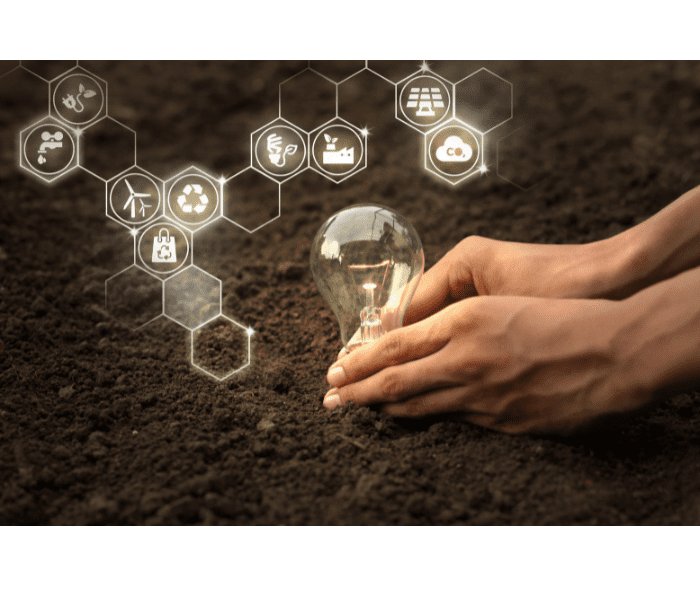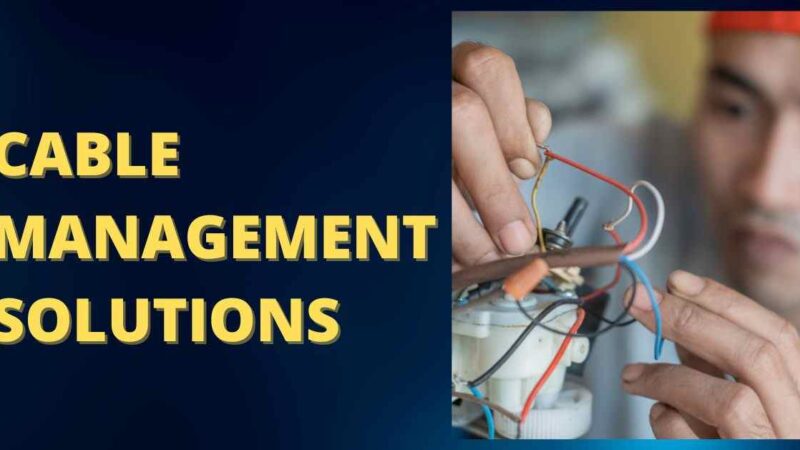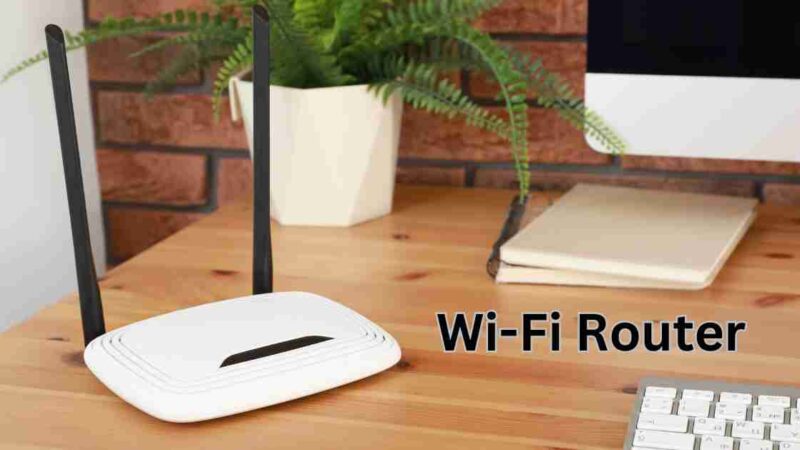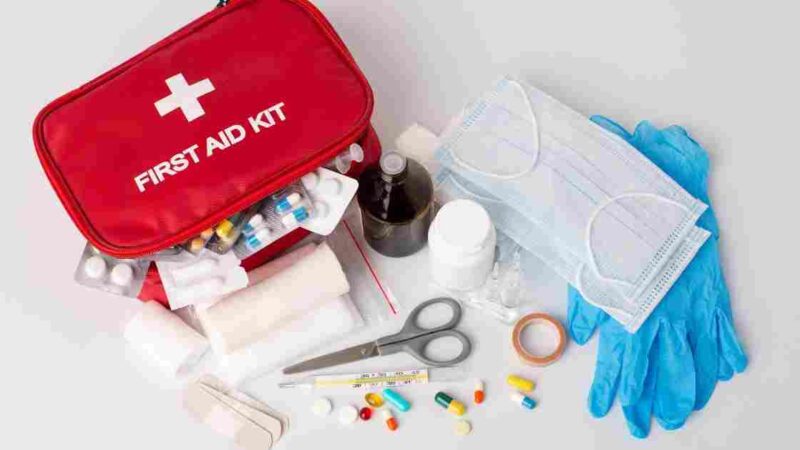A Quick Guide for Switching to an Eco-Friendly Lifestyle

As scientific research teams continue to warn governments and the media about the dire and irreversible consequences of climate change, many conscious consumers are beginning to join in on the fight to preserve the environment. Fortunately, leading an ecologically sustainable lifestyle isn’t nearly as expensive or challenging as it used to be. Nowadays, there are numerous ways you can start conserving natural resources and reducing your carbon footprint without radically reshaping your budget or daily schedule.
However, without a solid plan and checklist for implementing change, it can be easy to complacently remain a part of the problem. With that said, here’s a quick guide to help you get started on your proactive journey to becoming part of the solution:
1. Lease an Electric Vehicle
Electric vehicles are more affordable and accessible than ever, with many dealerships offering economical lease options that are comparable to the monthly cost of leasing a conventional gas-powered automobile. Since vehicle exhaust and automotive waste products are some of the biggest stressors on the environment, switching to a clean mode of transportation should be one of the first steps you take on the path to leading an eco-friendly lifestyle. If you’re interested in making the switch to an electric vehicle, this article explains more.
2. Install Solar Panels
A solar panel installation that powers your entire home can seem like a burdensome investment initially, but you can start small and gradually assemble a system that incrementally reduces your dependence on conventional energy sources. For example, you could start with just enough solar panels to power a single room. Alternatively, you could leverage your credit to pay for a comprehensive roof-mounted solar panel system via an affordable monthly payment plan. Once you’ve paid off the solar panel installation free and clear, you’ll be able to enjoy access to free energy indefinitely, so it’s not only good for the environment it’s also a way to completely eliminate an ongoing utility expense.
3. Practice Sustainable Agriculture
Growing a home garden to take care of your grocery needs will help you establish nutritional self-sufficiency, which is not only good for your body but also the environment. With quality homegrown foods available in your backyard, you won’t need to travel to the store wasting fuel, time, and grocery packaging resources like plastic. Industrial agriculture is one of the most pollutive and environmentally taxing industries in the world, so growing your own food is an effective way to contribute to a cleaner planet.
4. Shop with Reusable Bags
Using standard plastic grocery bags might not seem like a big deal but they are actually a leading cause of pollution in landfills. Studies have shown that it can take thousands of years for plastic bags to partially biodegrade and in the meantime they’re polluting not only the landfills but also the ocean. With the vast majority of consumers using plastic bags, it’s important for eco-conscious shoppers to switch to reusable or recyclable bags as soon as possible.
5. Volunteer to Help with Environmental and Community Clean-up Efforts
Once you’ve successfully taken steps to clean up your daily routine within your home and during your commuting, why not look for ways to make your community a more ecologically friendly place? If there aren’t any environmental clean-up efforts in your area, you could take the initiative to launch a new project or start a petition to persuade the local government to start taking constructive action. Start by looking for areas in your county where clean-up or restoration efforts might be needed. Here are a few ideas to start with:
- Reforestation or forest planting
- Roadside garbage pickup
- Abandoned property restoration
- Eco-friendly education campaigns to raise awareness
- Organizing efforts to protect endangered species
- Communicating with local politicians and community leaders to create new initiatives
Of course, there are many other ways to start pitching in towards a cleaner local environment, but the above list should help you get the ball rolling.
6. Practice Water Conservation
With widespread and record-setting droughts having a negative impact on water supply, it’s more important than ever to start practicing water conservation. Some ideas to reduce your dependency on a centralised water supply would include installing a water-saving faucet, setting up a rainwater collection system, taking shorter showers, and gathering/filtering drinking water from natural springs or rivers in your area.
Spread Eco-Friendly Ideology on Social Media
Even if you take all of the steps listed above and then some, your efforts alone won’t be enough to effect notable change on the environment. For that to happen, we need millions of consumers to adopt an eco-friendly way of life. Thus, one more thing you can do to further the cause is to share your journey to sustainability on social media. By sharing your progress and letting others know how they can help, you can start recruiting and motivating like-minded individuals.






